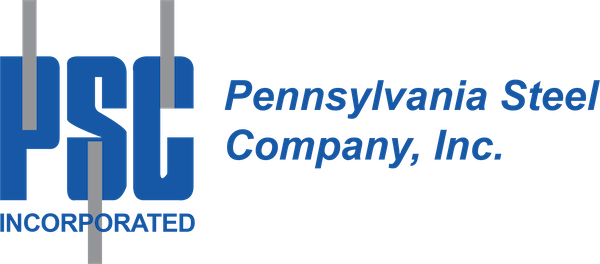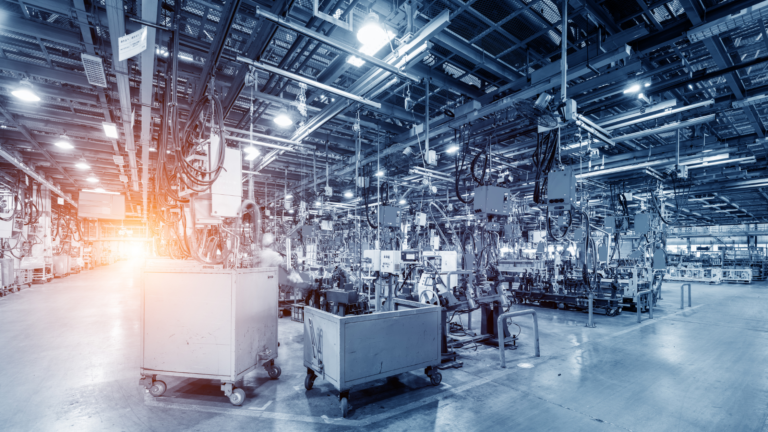Steel is a hard, tough, strong, and versatile metal used in commercial and residential projects. It comes in many forms, and how it’s made varies based on the application.
Let’s explore steel, how it’s made, and how you may be able to use it during your next project.
What Is Steel?
Steel refers to an alloy made up of carbon and iron, according to the World Steel Association (WSA). The alloy contains less than 2% carbon and 1% manganese. It has trace amounts of phosphorus, sulfur, oxygen, and silicon.
Globally, steel and iron represent 95% of all tonnage of metal produced every year, the United States Geological Survey (USGS) points out. This is due in part to the fact that both of these metals are some of the least expensive to produce. Additionally, they work well in applications like steel frames for buildings where only strong metals will suffice.
Types of Steel
There are four main types of steel:
- Carbon: Consists primarily of carbon and iron, with small amounts of magnesium, chromium, and other elements.
- Alloy: Contains chromium, copper, and other elements.
- Stainless: Features at least 10.5% chromium.
- Tool: Includes carbon and alloy varieties.
There are more than 3,500 steel grades, each with its own physical, chemical, and environmental properties.
Steel Properties
There are three subcategories of carbon:
- Low: Less than 0.3% carbon
- Medium: 0.3–0.6% carbon
- High: Greater than 0.6% carbon
Low-carbon steel is more flexible and easier to handle than medium and high varieties. Meanwhile, high-carbon steel is the strongest of the three.
With alloy, how much of a particular element is incorporated into the steel impacts the metal’s heat resistance, hardness, ductility, and other properties.
Like carbon, there are three subcategories of stainless steel:
- Austenitic: Contains 18% chromium, 8% nickel, and less than 0.8% carbon.
- Ferritic: Consists of 10.5-27% chromium and less than 0.1% carbon.
- Martensitic: Includes 11-17% chromium, less than 0.4% nickel, and less than 1.2% carbon.
Stainless steel is more stain and corrosion resistant than other varieties. It can also include a concentrated chromium coating that makes the material rust-proof.
Tool steel offers high hardness and resistance to abrasions. It tends to retain its shape better than other steel options.
Steel Use Cases
Construction companies and automakers commonly use carbon steel. Low-carbon steel products include nails, wires, chains, and pipes. Since high carbon is more durable than low and medium options, it’s often utilized to produce wrenches, hammers, coils, and springs.
Commercial equipment manufacturers tend to use alloy steel over other varieties. Examples of alloy steel products include power generators, transformers, and pipelines.
Stainless steel is used in construction, oil and gas, kitchenware, and many other industries. It has been incorporated into cars, cutlery, and other products.
Tool steel is utilized to produce surgical equipment, drills, dyes, bits, and other tools.
How Is Steel Made Exactly?
There are three main processes for how steel is made:
1. Blast Furnace-Basic Oxygen Furnace (BF-BOF)
The BF-BOF process originated in the 1950s in the Austrian cities of Linz and Donawitz. It typically involves using iron ore, coal, and recycled steel.
Here are the steps of the BF-BOF process:
- Hot metal or pig iron, steel scrap, and flux (burnt lime) are loaded into a top- or bottom-blown furnace or a combination of the two.
- A lancie (a water-cooled metal tube) blogs oxygen into the mixture.
- The oxygen then reacts with the silicon and carbon. This causes the hot metal to dissolve. It also generates heat, carbon dioxide (CO₂), silicon dioxide (SiO₂), and other impurities.
- CO₂ is expelled as gas, and SiO₂ and other impurities are absorbed into slag, aka waste matter.
A study shows that basic oxygen furnaces can reduce total cycle time to less than a tenth of open hearth furnace cycle time.
Approximately 70% of steel globally is produced via the BAF process, WSA notes.
2. Electric Arc Furnace (EAF)
The EAF process primarily uses recycled steel and electricity to produce steel. Along with these, direct-reduced iron (DRI), hot metal, or other sources of metallic iron can be utilized.
An electric arc furnace consists of three parts:
- Spherical hearth (bottom)
- Cylindrical shell
- Swinging water-cooled dome-shaped roof
An EAF can produce batches of molten steel known as “heats,” the American Iron and Steel Institute (AISI) points out.
The furnace’s operating cycle consists of the following steps:
- Furnace-Charging: The furnace’s roof and electrodes are raised and swung to the side, allowing a scrap-charging crane to move scrap into place over the furnace.
- Melting: Electrical or chemical energy supplies energy to the furnace’s interior via graphite electrodes and is bore into the scrap.
- Refining: Phosphorus, sulfur, silicon, aluminum, manganese, and carbon are removed from the steel.
- De-Slagging: Impurities are removed from the furnace.
- Tapping: After the optimal steel composition and temperature have been achieved in the furnace, a tap-hole is opened, the furnace is tilted on its side, and the steel is poured into a ladle so it can be transferred. Bulk alloys and de-oxidizers may be added to the steel during this time. The alloys are produced based on a bath analysis and the intended steel grade. De-oxidizers can be used to lower the steel’s oxygen content.
- Furnace Turn-Around: The furnace’s electrodes and roof are raised, and its lining is inspected for damage. This period runs from the completion of tapping until the furnace is recharged.
EAFs are less costly to build and more flexible than basic oxygen furnaces, The National Iron & Steel Heritage Museum indicates. They can be used to create carbon and alloy steels.
According to research, roughly 25% of steel produced worldwide is made through the EAF process.
3. Open Hearth Furnace (OHF)
An open hearth furnace uses the heat from gaseous or liquid fuel combustion to transform recycled steel scrap and liquid blast-furnace iron into liquid steel.
The OHF process requires roughly equal amounts of iron and scrap. It involves the following steps:
- Limestone and scrap are placed into the furnace.
- The charge melts.
- Molten or cold iron are added to the furnace.
- The furnace continues to be heated, and carbon from the iron transforms into carbon monoxide (CO).
- Impurities are separated from the mixture.
- Molten steel forms and flows into a ladle where alloying materials can be added.
This process makes up about 0.4% of steel production worldwide, WSA says. It tends to require a lot of time and energy and can be expensive compared to the BF-BOF and EAF processes.
How Sustainability Impacts Steel Manufacturing
You can use recycled steel scrap as an input for each of these production processes. Most new steel includes recycled scrap.
Generally, steel products can be used for decades before they need to be recycled. This makes it difficult for steel companies to rely exclusively on EAF.
Steel companies often use BF-BOF and EAF to keep pace with the demand for steel products. They may also utilize OHF to minimize the loss of iron as slag since the process is slow and easy to control.
How Is Stainless Steel Made?
EAF can be used to create stainless steel. Here’s how the process works:
- Carbon electrodes come into contact with recycled stainless scrap and chromium alloys.
- A current moves through the electrode, and a temperature reaches a point where the alloys and scrap melt (around 2,200-2,500°F).
- The molten material goes from the furnace into an argon oxygen decarburization (AOD) vessel, reduces carbon levels, and adds alloys.
Most stainless steels also get a final heat treatment that softens their structure (annealing) and acid wash (pickling), according to the Specialty Steel Industry of North America (SSINA).
Get the Best Steel for Sale for Your Project
Pennsylvania Steel Company offers a range of steel types and grades for your next project. We provide steel products and services in many areas, including:
- Bensalem, Whitehall, and York, Pennsylvania
- Richmond, Virginia
- Charlotte, North Carolina
- Connecticut
- Long Island
Contact Pennsylvania Steel Co. for steel near you.




